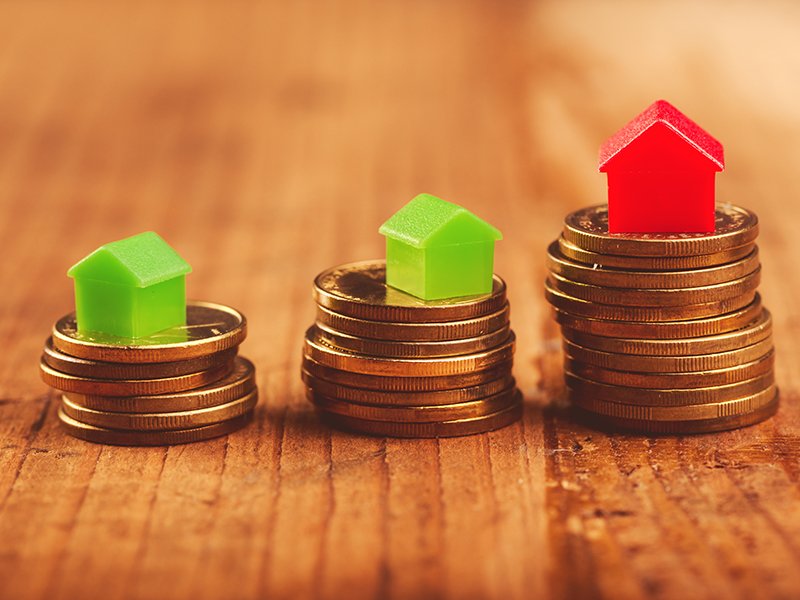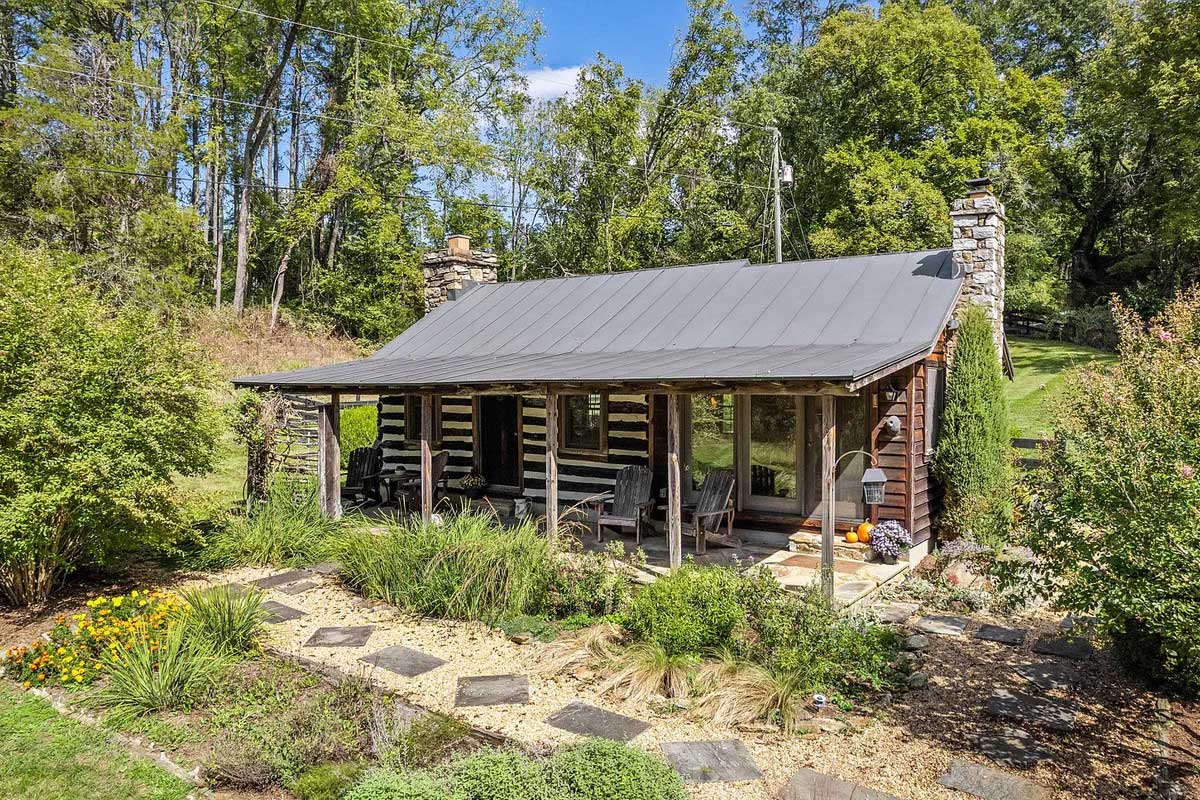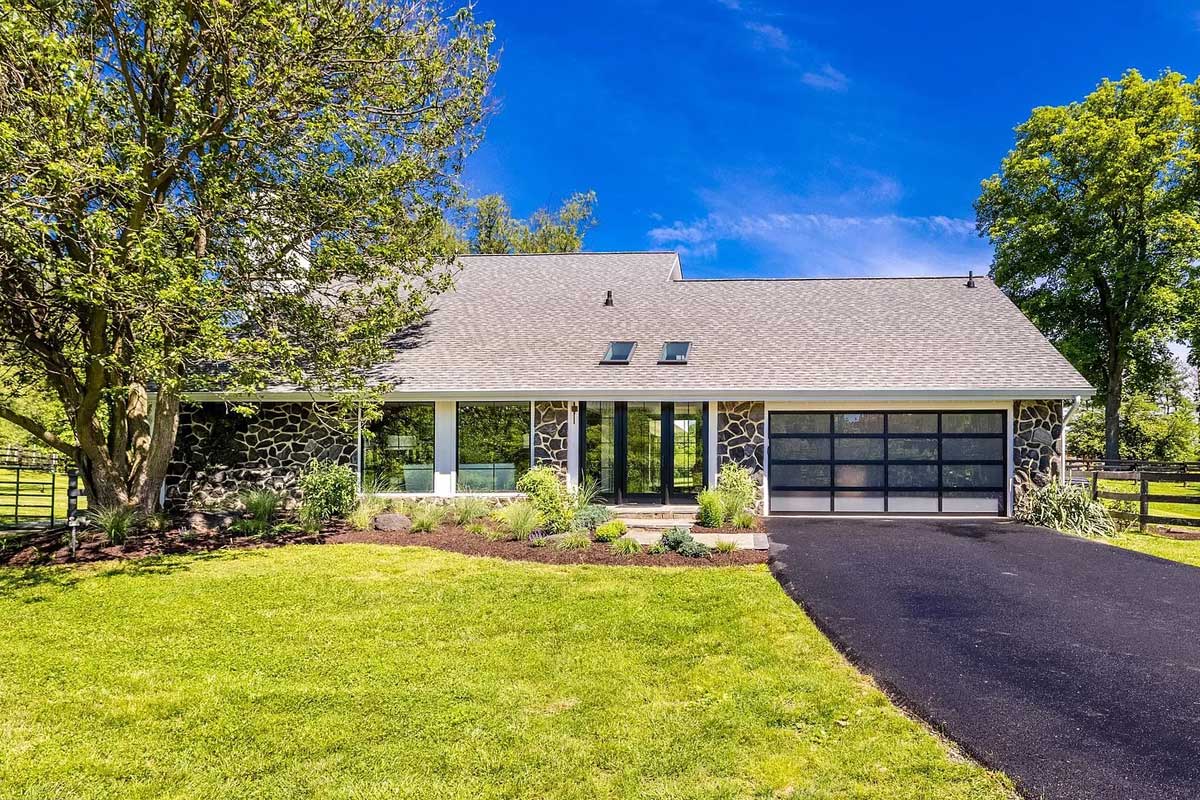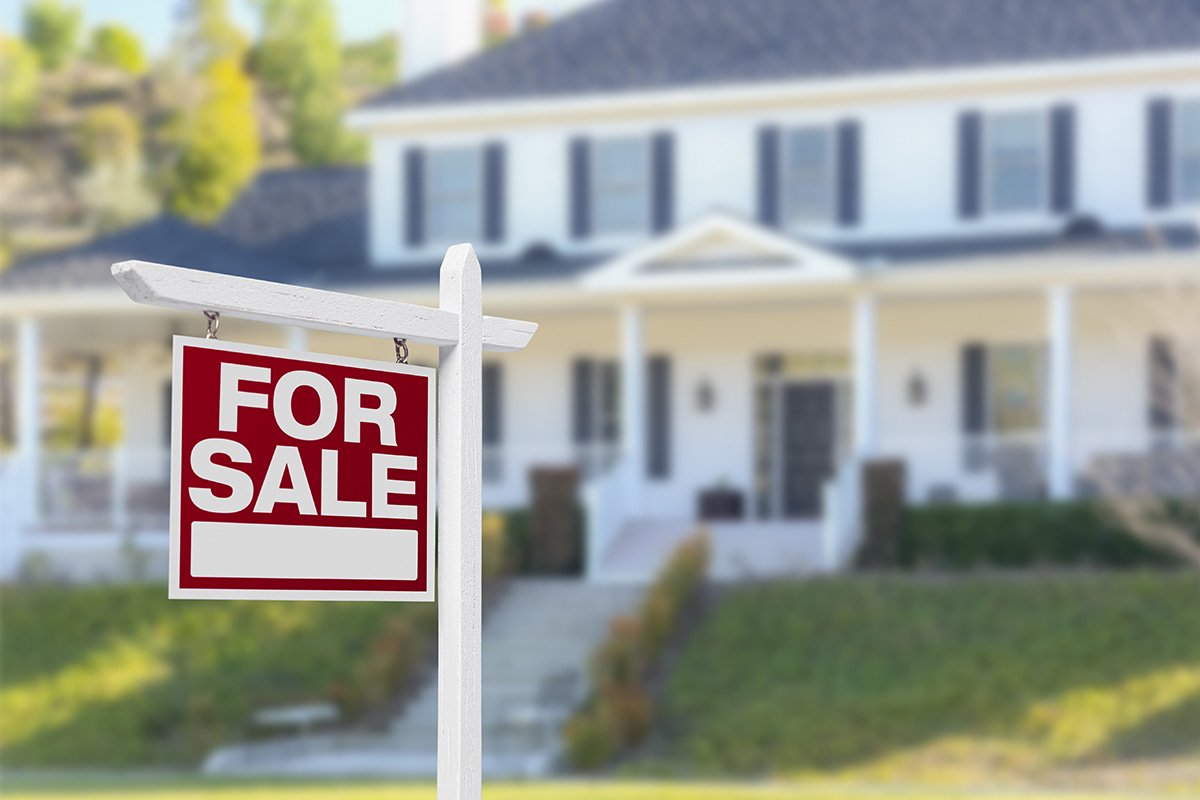
In early August the Census Bureau released a record-breaking number when it comes to homeownership: Nationwide, homeownership rates are at their lowest since 1965, when the number started to be tracked. While this doesn’t necessarily carry over to what is happening in Northern Virginia, our area’s homeownership numbers aren’t skyrocketing like they were in 2004-2006, and that is a good thing.
July numbers show that compared to a year before, housing numbers are pretty much static with the combined areas of Fairfax and Arlington counties and Falls Church and Alexandria City taking a 5 percent dip in home sale closings. While this is thought to be a common seasonal dip, the national numbers bring a broader question into play: Does this show that those who are buying homes are the ones who should be buying them?
“More of the people who can and should be buying houses are the ones who are still in the market,” says Brian Block, managing broker with RE/MAX Allegiance in Alexandria and board member of the Northern Virginia Association of Realtors. “Some of the people who lost their houses, had a foreclosure, short sale, bankruptcy or who lost their job now have less than perfect credit, so that puts them in a difficult situation in terms of being able to re-enter the market at this point. That is some of what we’re seeing.”
Some of the factors at play in our market are the low inventory levels in the area and the strict lending rules that were put into place after the housing bust in 2008.
“Our average pricing is going up, so that combined with the mortgage lending environment, where we have tighter constraints on buyers being able to buy a home, combined with low inventory—those are the three key reasons we are seeing the decline in homeownership,” explains Christina Macro, real estate broker with Keller Williams Metro Center, who adds that this is also a sign of a strong market.
Macro points to the July pending sales numbers as a reference that the selling is still strong with July having a 14 percent increase, year over year, with pending transactions, a peek at what the housing sales will be in the coming 30 to 60 days.
The tight restrictions, though, have reduced the percentage of people who are buying, and while Block says that the “tight credit policies are limiting the full recovery,” what we need is “a responsible, sustainable model for homeownership—not necessarily that if you breathe you can get a loan, but some kind of in-between to encourage a more stable market.”
But for a continued strong market first-time homebuyer opportunities need to be a priority.
Macro sees the continued competition from investors as a hurdle for first-time buyers. Investors come in, buy a home, renovate it and then sell at a higher price, sometimes pricing out that first-time buyer. “In some respects, it is a good thing because we want buyers to be able to afford the home,” says Marco. “But it can reduce affordability for the first-time homebuyer, and that represents a significant portion of the marketplace.”




